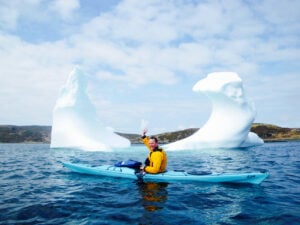I’m still haunted by my visit to Shoes on the Danube, a collection of bronze shoes frozen at the river’s edge. During the Holocaust, Jewish men, women and children were forced to remove their shoes before being massacred and thrown into the river. Standing in the same place among these permanently-affixed shoes, the violence becomes shockingly visceral. Berlin’s Jewish Museum makes use of voids and spaces to address the Holocaust, incorporating brutal concrete, jarring angles and dark recesses for reflection. Menashe Kadishman’s Memory Void invites you to physically walk over hundreds of metal faces, each footstep reverberating with a sense of deep internal sorrow.
In Lithuania, you’ll find a quirky park of derelict Soviet statues gathered by a local collector. It’s not exactly the dustbin of history, but how the mighty have fallen. In Vilnius, I chanced upon a Monument to Frank Zappa, regarded as an anti-Soviet icon, even though the eclectic musician never visited the country. As a teenager visiting Florence, I was floored by my first encounter with Michelangelo’s David, a work of such staggering creative genius it was declared a masterpiece when unveiled in 1504. David’s hands appear disproportionately large because the statue was originally to be placed on a roof to be viewed from below. From that angle, every aspect of this incredible lifelike artwork achieves utter perfection.















